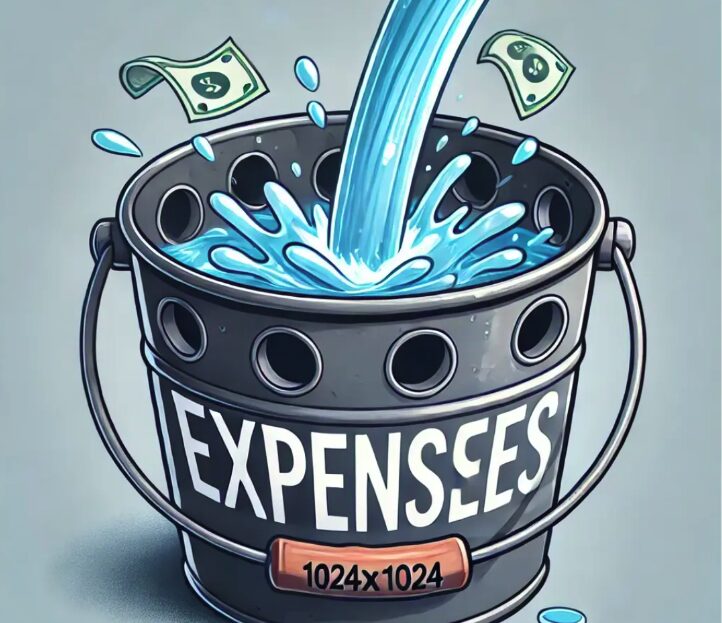The Cash Bucket Fix – How a Boutique Owner Took Control of Her Spending
A boutique owner was constantly short on cash—despite steady revenue. All her income went into a single account, making it feel like there was always enough… until it was gone. Bills came due, panic set in, and overspending continued. When we reviewed her bank statements and Xero reports, it became clear: nearly 40% of her revenue was disappearing into unplanned, non-essential purchases.
Here’s the type of system we recommend for this kind of scenario:
Identify the Bottlenecks
Using Xero’s Profit and Loss (Income Statement) report, we pinpointed where cash flow was breaking down—whether from low margins, poor expense control, or revenue timing issues.Track Diligently
A weekly review process was established using Xero’s Short-Term Cash Flow tool and Cash Summary report. This gave clear insight into what was coming in and what was going out—enabling smarter decisions.Scale Responsibly
Before pursuing growth, we reviewed financial capacity through Xero’s Budget Manager and Business Snapshot. Growth was only encouraged when the numbers supported it.
With these foundations in place, we implemented a cash bucket system directly within Xero—something we’ve seen work well for many small retailers facing similar challenges:
Operating Expenses: A fixed allocation based on historical data
Profit Reserve: A set percentage of each sale earmarked immediately
Savings: A flexible buffer for future investments or emergencies
The Outcome:
Over a focused three-month period, the boutique owner built better habits. Weekly reviews and small adjustments led to big changes. Her profit reserve grew by about 25% each month, spending came under control, and her business finally had the cash cushion it needed to grow without stress.


